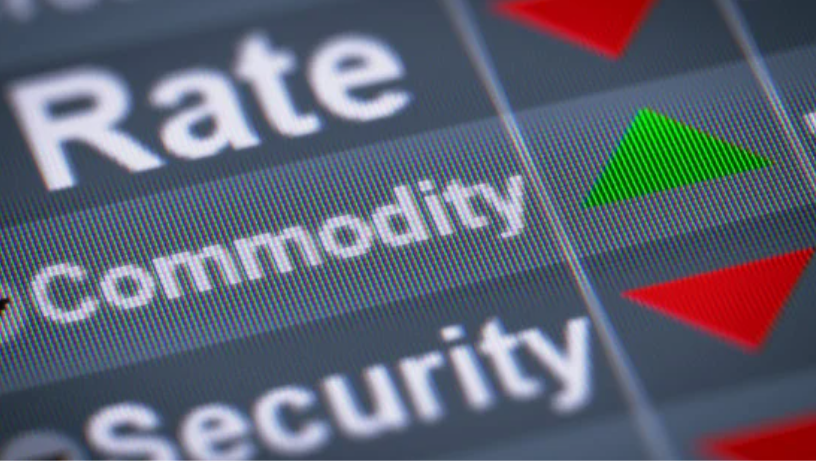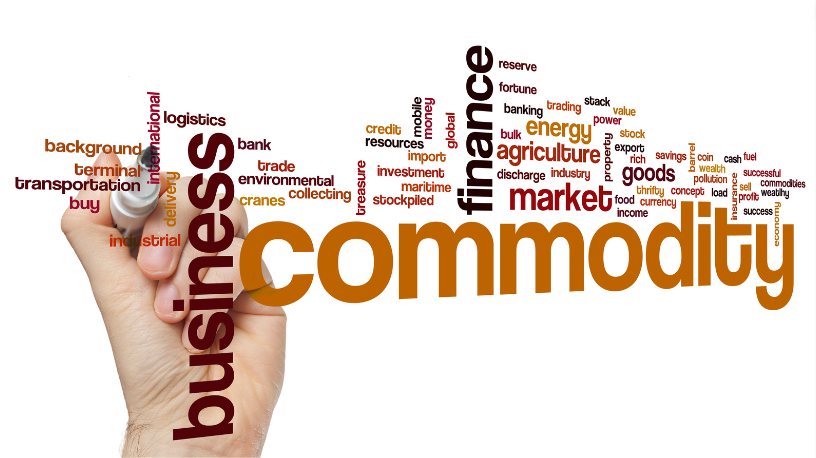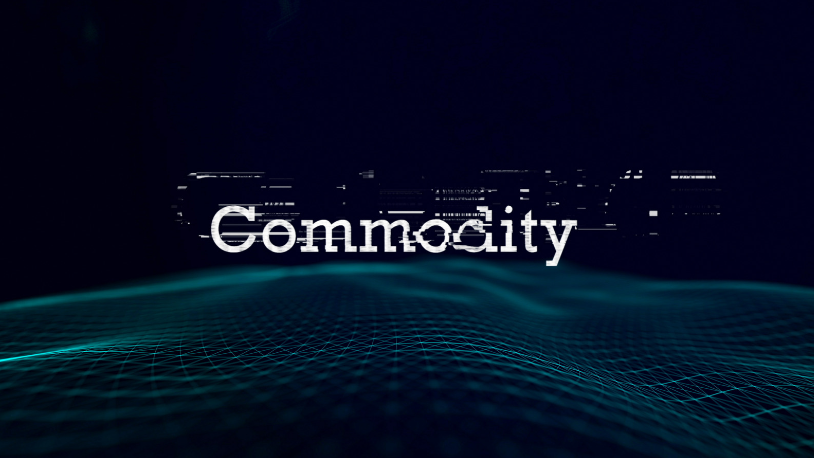Navigating the volatile landscape of commodity markets can be a daunting task for businesses seeking stability and growth. In my exploration of commodity risk management, I’ve uncovered strategies that can help mitigate the uncertainties inherent in these markets. Understanding the intricacies of supply and demand fluctuations, geopolitical influences, and price volatility is key to safeguarding against potential risks that could impact profitability.
I’ll delve into the importance of proactive risk management strategies in protecting businesses from adverse market conditions. From hedging techniques to diversification strategies, I’ll share insights on how companies can effectively manage their exposure to commodity price fluctuations. Join me as we uncover the tools and tactics essential for navigating the complex world of commodity risk management.
Commodity Risk Management
 As I delve into the realm of commodity risk management, it’s vital to grasp the nuances of this strategic approach. Let’s explore the various facets that define effective commodity risk management, from identifying types of risks in commodity trading to understanding the paramount importance of implementing robust risk management strategies.
As I delve into the realm of commodity risk management, it’s vital to grasp the nuances of this strategic approach. Let’s explore the various facets that define effective commodity risk management, from identifying types of risks in commodity trading to understanding the paramount importance of implementing robust risk management strategies.
When engaging in commodity trading, I encounter several types of risks that can impact business operations and financial outcomes. These risks include market risk, which arises from fluctuations in commodity prices driven by supply and demand dynamics. Additionally, I must navigate credit risk, where counterparty defaults can lead to financial losses.
The Importance of Commodity Risk Management
Commodity risk management is not just a proactive measure; it’s a strategic imperative for businesses operating in volatile market environments. I recognize the critical role of effective risk management in safeguarding profitability and ensuring operational stability. By implementing robust risk mitigation strategies, I can protect my business from unexpected price fluctuations, geopolitical uncertainties, and other external factors that could jeopardize financial performance.
Strategies for Managing Commodity Risks
Hedging Techniques
 In managing commodity risks, my focus is on utilizing hedging techniques to mitigate potential financial losses. Hedging involves taking positions in the derivatives market to offset risks associated with price fluctuations. For instance, if I anticipate a rise in the price of a particular commodity, I can enter into a futures contract to lock in the current price, safeguarding against potential price hikes. By actively hedging, I’m able to protect my investments and maintain a more stable financial position in volatile markets.
In managing commodity risks, my focus is on utilizing hedging techniques to mitigate potential financial losses. Hedging involves taking positions in the derivatives market to offset risks associated with price fluctuations. For instance, if I anticipate a rise in the price of a particular commodity, I can enter into a futures contract to lock in the current price, safeguarding against potential price hikes. By actively hedging, I’m able to protect my investments and maintain a more stable financial position in volatile markets.
Diversifying my portfolio across various commodity types is another essential strategy I employ to manage risks effectively. By spreading my investments across different commodities, I reduce the impact of adverse price movements in any single market. For example, instead of solely investing in oil, I diversify my holdings to include metals, agricultural products, and energy sources. This approach helps me minimize the overall risk exposure and enhances the resilience of my portfolio against market uncertainties.
Tools and Techniques for Effective Risk Management
Financial Instruments for Commodity Risk Management
 In commodity risk management, there are various financial instruments available to help businesses mitigate their exposure to price fluctuations and other risks. One common tool is futures contracts, which allow companies to lock in a price for a commodity at a future date, reducing uncertainty in volatile markets.
In commodity risk management, there are various financial instruments available to help businesses mitigate their exposure to price fluctuations and other risks. One common tool is futures contracts, which allow companies to lock in a price for a commodity at a future date, reducing uncertainty in volatile markets.
Another essential financial instrument is options contracts, providing the right but not the obligation to buy or sell a commodity at a predetermined price. This flexibility helps in managing risk by offering downside protection while still allowing for potential gains.
Technological Solutions for Monitoring Risks
Technology plays a crucial role in modern risk management strategies for commodities. Advanced software and platforms offer real-time monitoring of commodity prices, market trends, and risk exposure, enabling businesses to make informed decisions promptly.
Risk management systems integrate data analysis tools that assess market conditions, identify potential risks, and provide predictive analytics to optimize decision-making. These solutions help in proactively managing risks by offering insights into evolving market dynamics and suggesting appropriate strategies.


